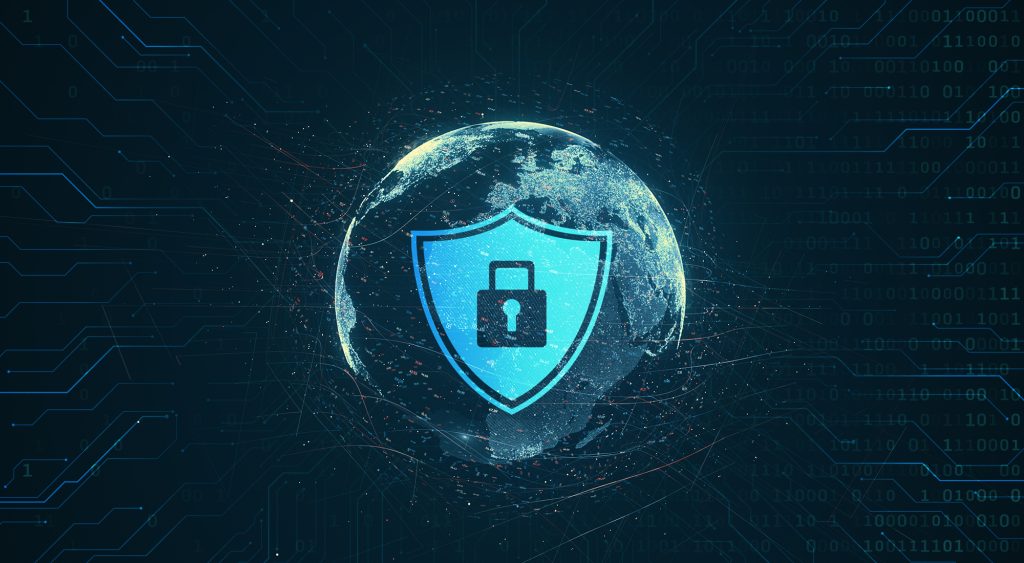
In today’s digital age, the importance of cybersecurity cannot be overstated. With the rise of remote work, cloud computing, and an increasing number of cyber threats, organizations face unprecedented challenges in safeguarding sensitive information. While technology plays a crucial role in defending against these threats, the human element is often the most vulnerable aspect of any security strategy. Thus, building a culture of cybersecurity awareness in the workplace is essential for creating a resilient organization. This blog will delve into the strategies necessary to foster such a culture, focusing on leadership commitment, employee training, clear policies, and ongoing awareness initiatives.
Understanding Cybersecurity Awareness
Cybersecurity awareness refers to the understanding and practices that employees adopt to protect themselves and their organization from cyber threats. It encompasses knowledge about potential risks, best practices for avoiding them, and the role every employee plays in maintaining security. Awareness is crucial because human error is often the leading cause of data breaches. For instance, a single employee falling victim to a phishing attack can compromise sensitive data, potentially leading to significant financial and reputational damage for the organization.
The Importance of a Security-First Mindset
A security-first mindset means prioritizing cybersecurity in all aspects of business operations. This approach not only helps protect sensitive information but also fosters trust among clients and stakeholders. When employees understand that they play a crucial role in safeguarding organizational assets, they are more likely to adopt secure practices.
Leadership Commitment
Leadership commitment is the cornerstone of any successful cybersecurity culture. When executives prioritize cybersecurity, it sends a powerful message throughout the organization. Leaders should actively promote the importance of cybersecurity in team meetings, internal communications, and company-wide events.
1. Setting the Tone at the Top
Leadership should lead by example. Executives must demonstrate their commitment to cybersecurity by following best practices, such as using strong passwords, enabling two-factor authentication, and regularly updating software. This behavior sets a standard for employees and encourages them to take security seriously.
2. Open Communication
Encouraging open communication about cybersecurity helps to demystify the topic. Leaders should create an environment where employees feel comfortable discussing security concerns, reporting incidents, and asking questions. Regular updates about emerging threats and organizational security measures can help keep everyone informed.
Comprehensive Employee Training
Training is a vital component of building a culture of cybersecurity awareness. Organizations should implement a robust training program that covers essential topics related to cybersecurity.
1. Phishing Prevention
Phishing attacks remain one of the most common threats organizations face. Training should include lessons on how to recognize phishing emails, suspicious links, and fraudulent communications. Employees should be educated on the importance of verifying the sender’s identity before taking any action, such as clicking links or downloading attachments.
2. Security Best Practices
Employees should be trained in security best practices that apply to their specific roles. This can include guidelines on password management, data handling, and the use of secure networks. For instance, employees should understand the importance of using unique, complex passwords and regularly updating them.
3. Cyber Hygiene
Cyber hygiene refers to the practices that users follow to maintain system health and improve security. Training should emphasize the importance of keeping software up to date, regularly backing up data, and using secure connections. Employees should also be encouraged to perform self-assessments of their devices to identify vulnerabilities.
4. Incident Response Training
Training employees on how to respond to a cybersecurity incident is crucial. A well-defined incident response plan should be developed, outlining steps employees should take if they suspect a breach or identify suspicious activity. This plan should include reporting procedures, roles and responsibilities, and communication protocols.
Establishing Clear Security Policies
Clear security policies are foundational to a robust cybersecurity culture. These policies provide guidelines for employee behavior and outline the organization’s expectations regarding security.
1. Access Controls
Establishing access controls ensures that only authorized individuals can access sensitive information. Policies should define who has access to what data and under what circumstances. Implementing role-based access control (RBAC) can help manage permissions effectively.
2. Data Handling Protocols
Organizations must have clear protocols for handling sensitive data. This includes guidelines for data storage, sharing, and disposal. Employees should be trained on how to classify data based on its sensitivity and the necessary precautions for each category.
3. Incident Response Procedures
The incident response plan should be clearly documented and easily accessible to all employees. This plan should outline the steps to take in the event of a security breach, including who to contact and how to document the incident. Regularly reviewing and updating this plan is essential to ensure its effectiveness.
Encouraging Good Cyber Hygiene
Promoting good cyber hygiene practices among employees is essential for reducing vulnerabilities. Organizations can take several steps to encourage this behavior.
1. Regular Software Updates
Employees should be educated on the importance of regularly updating their software and operating systems. Outdated software can have vulnerabilities that cybercriminals exploit. Organizations can facilitate this by implementing automated update systems where feasible.
2. Strong Password Practices
Password security is a fundamental aspect of cybersecurity. Organizations should promote the use of strong, unique passwords and encourage employees to use password managers to store them securely. Additionally, implementing multi-factor authentication (MFA) can add an extra layer of security.
3. Secure Remote Work Practices
With the rise of remote work, it is crucial to educate employees about secure practices when accessing company resources from home or other locations. This includes using virtual private networks (VPNs), avoiding public Wi-Fi for sensitive transactions, and securing home networks.
Ongoing Awareness Initiatives
Building a culture of cybersecurity awareness is not a one-time effort; it requires continuous reinforcement and adaptation to evolving threats.
1. Regular Refresher Training
Organizations should schedule regular refresher training sessions to keep cybersecurity awareness top of mind. These sessions can cover new threats, updated best practices, and lessons learned from past incidents.
2. Simulated Phishing Campaigns
Conducting simulated phishing campaigns can help reinforce training and assess employees’ awareness. These simulations provide valuable feedback on how well employees can identify potential phishing attempts, allowing organizations to tailor further training as needed.
3. Creating a Cybersecurity Community
Fostering a sense of community around cybersecurity can encourage employees to engage with the topic more actively. This could involve forming a cybersecurity task force, hosting workshops, or organizing cybersecurity awareness days.
Measuring the Effectiveness of Awareness Programs
To ensure that cybersecurity awareness initiatives are effective, organizations should regularly assess their impact. This can involve:
1. Surveys and Feedback
Collecting feedback from employees through surveys can provide insights into their understanding of cybersecurity concepts and practices. This information can help identify knowledge gaps and areas for improvement.
2. Incident Reporting Metrics
Tracking the number and type of security incidents can help gauge the effectiveness of training programs. A decrease in incidents may indicate that employees are better equipped to recognize and respond to threats.
3. Compliance Audits
Regular audits of compliance with security policies can help ensure that employees are following established protocols. This can include checking for adherence to password policies, access control measures, and incident response procedures.
The Role of Technology in Supporting Awareness
While human behavior is crucial, technology can also play a significant role in supporting cybersecurity awareness initiatives.
1. Learning Management Systems (LMS)
Implementing an LMS can streamline the training process, making it easier for employees to access training materials, track progress, and complete assessments. This technology can also facilitate the delivery of regular refresher courses.
2. Security Awareness Tools
Utilizing security awareness tools can help organizations monitor employee engagement with training materials and track their performance in simulated phishing tests. This data can be invaluable for tailoring training efforts.
3. Communication Platforms
Leveraging communication platforms can help organizations disseminate important security updates and reminders quickly. Regular updates about emerging threats or security tips can keep employees engaged and informed.
Conclusion
Building a culture of cybersecurity awareness in the workplace is an ongoing commitment that requires the participation of all employees, from leadership to front-line staff. By prioritizing cybersecurity awareness, organizations can significantly reduce their vulnerability to cyber threats.
Through leadership commitment, comprehensive training, clear policies, and ongoing awareness initiatives, organizations can create an environment where cybersecurity is woven into the fabric of daily operations. By fostering a security-first mindset, businesses not only protect their assets but also empower employees to take an active role in safeguarding the organization against evolving threats.
As cyber threats continue to grow in sophistication, cultivating a culture of cybersecurity awareness will be essential for navigating the challenges of the digital age. Organizations that invest in this culture will not only enhance their security posture but also build trust and confidence among clients, stakeholders, and employees alike.







